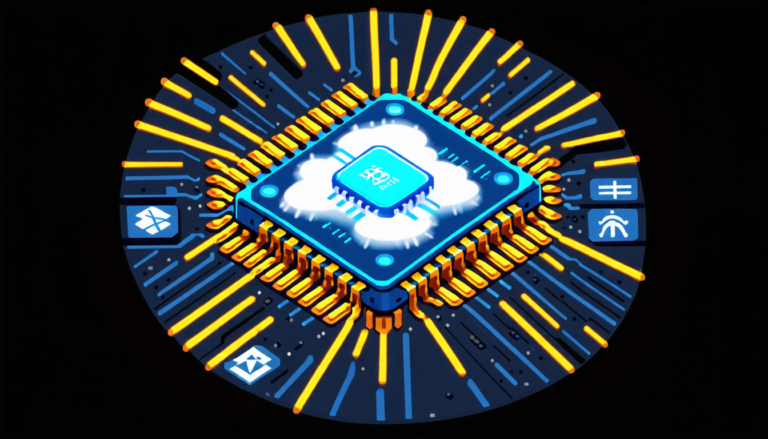Wednesday 16 April 2025
As astronomers continue to scour the skies for signs of asteroids and comets, a new study has shed light on the importance of proper data processing when it comes to understanding these celestial bodies.
The research, published in The Planetary Science Journal, highlights the need for careful vetting and analysis of data collected by space-based telescopes like NEOWISE. By neglecting to follow established protocols, scientists risk including spurious or contaminated observations that can skew their findings.
NEOWISE, a mission launched in 2009, was designed to study near-Earth objects (NEOs) – asteroids and comets that could potentially threaten our planet. Its infrared telescope has provided valuable insights into the composition and behavior of these celestial bodies, helping scientists better understand their origins and potential impacts.
However, the sheer volume of data collected by NEOWISE presents a significant challenge for researchers. With millions of observations to sift through, it’s easy to overlook errors or inconsistencies that can compromise the accuracy of their findings.
The study reveals that failure to check against official databases, such as the Minor Planet Center (MPC), can lead to the inclusion of up to 75% spurious observations. Similarly, neglecting to inspect raw images for signs of contamination or overlap with other objects can result in the loss of valuable data.
By following established protocols, scientists can significantly reduce the risk of errors and ensure that their findings are reliable. This involves not only checking against official databases but also visually inspecting images and applying rigorous quality control measures.
The benefits of proper data processing extend beyond simply ensuring accuracy. By identifying and correcting errors early on, researchers can optimize their analysis techniques and improve the overall efficiency of their studies.
For scientists studying asteroids and comets, understanding their composition and behavior is crucial for predicting potential impacts and developing strategies for mitigating those risks. With NEOWISE providing a wealth of valuable data, the importance of careful processing cannot be overstated.
As researchers continue to analyze the vast amounts of data collected by NEOWISE, it’s clear that attention to detail will remain a critical component of their work. By prioritizing accuracy and precision, scientists can unlock new insights into these mysterious celestial bodies and better prepare us for any potential threats they may pose.
Cite this article: “Unlocking the Secrets of Near-Earth Asteroids with NEOWISE: A New Era in Small Body Research”, The Science Archive, 2025.
Asteroids, Comets, Data Processing, Neowise, Space-Based Telescopes, Near-Earth Objects, Minor Planet Center, Accuracy, Precision, Scientific Research







